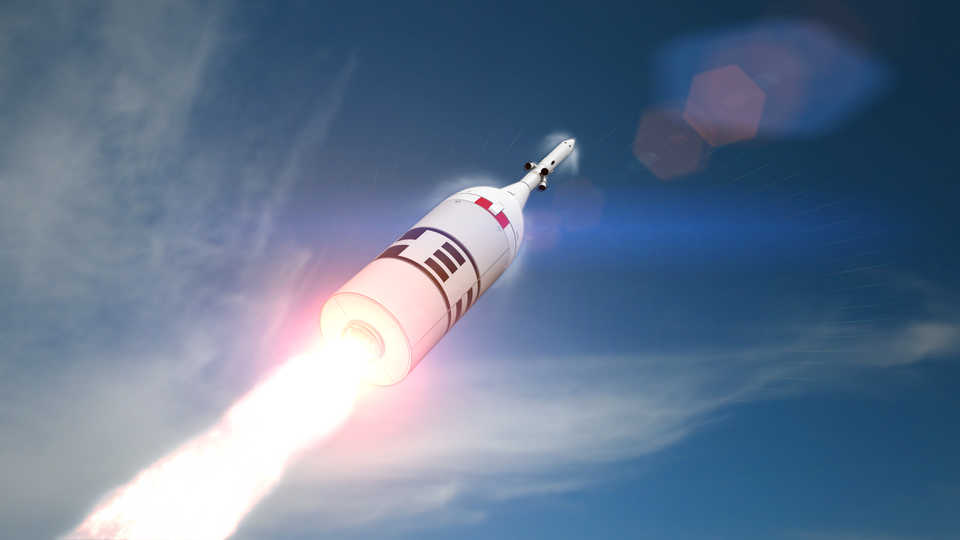
©NASA
Middle and High School Students and Educators: NASA needs you!
This March NASA is launching the App Development Challenge (ADC). The challenge provides middle and high school student teams the opportunity to demonstrate the practice of coding and app development. The ADC will ask student teams to develop an app that visualizes three minutes of simulated test data in support of the upcoming Ascent Abort-2 (AA-2) flight test.
The Challenge
In Round 1 of this challenge, participants will have the opportunity to chat with NASA subject matter experts to learn tips on how to make the app the best it can be. Teams will then post videos of their app designs online for consideration by NASA to use in future missions.
In Round 2, teams with favorable submissions advance to present their app in an interview with NASA engineers working on the AA-2 flight test. After this round, NASA will select student team/s for an all-expenses paid trip to a NASA field center in early summer, 2019.
Student teams must:
- Be able to process approximately three minutes’ worth of data smoothly.
- Use any programming language (e.g. Java, Scratch, etc.) and/or operating systems (Windows, Android, etc.) to complete development of an app.
- Read 21 double-precision floating point numbers (doubles) that represent position and rotation of the rocket’s three main parts from an external source.
- Display all 21 doubles (although not necessarily simultaneously) in some meaningful form beyond text.
- Submit a video of original student led work on the completed app.
- Adhere to you school districts' policies regarding participation in the challenge.
- Complete program requirements as identified by the ADC team.
The challenge begins on March 13, 2019 and Round 1 participation concludes with video submissions on May 1, 2019. Full details can be found on this website: www.nasa.gov/education/appchallenge
What is the Ascent Abort-2?
In June 2019, NASA will launch a full-stress test of the Orion spacecraft’s Launch Abort System (LAS), called Ascent Abort-2, which will demonstrate the LAS can send Orion and its crew a safe distance from a failing rocket if an emergency arises during ascent to orbit. This flight test is a critical step to demonstrate Orion’s safety as NASA leads the next steps of human exploration into deep space.
The Timeline
- March 13: Live Virtual Kick-Off Event and Presentation
- March 27: Live Virtual Connection-Game Engine Scripting for Object Motion
- April 3: Live Virtual Connection-Pseudo Coding for Quaternion
- April 10: Last Day to Enter the Challenge
- April 17: Live Virtual Connection-Human Factors for Visualization Application
- May 1: ADC Video Submission Deadline
Your Team Requirements
All participants must be:
- U.S. Citizens
- On a team of five to six middle or high school students and a lead teacher
- At least 13 years of age
- Led by a certified and practicing K-12 educator (i.e., lead teacher)
Remember to Notify NASA
After a thorough review of all of the above, email NASA’s ADC team at JSC-M2MSTEM@mail.nasa.gov with questions or with your team’s intent to participate.